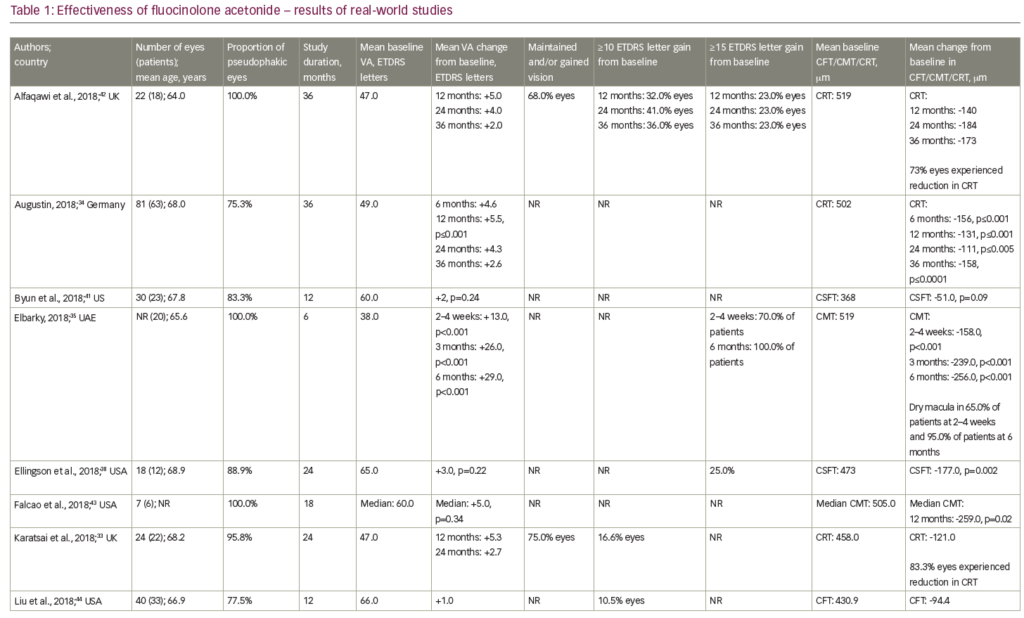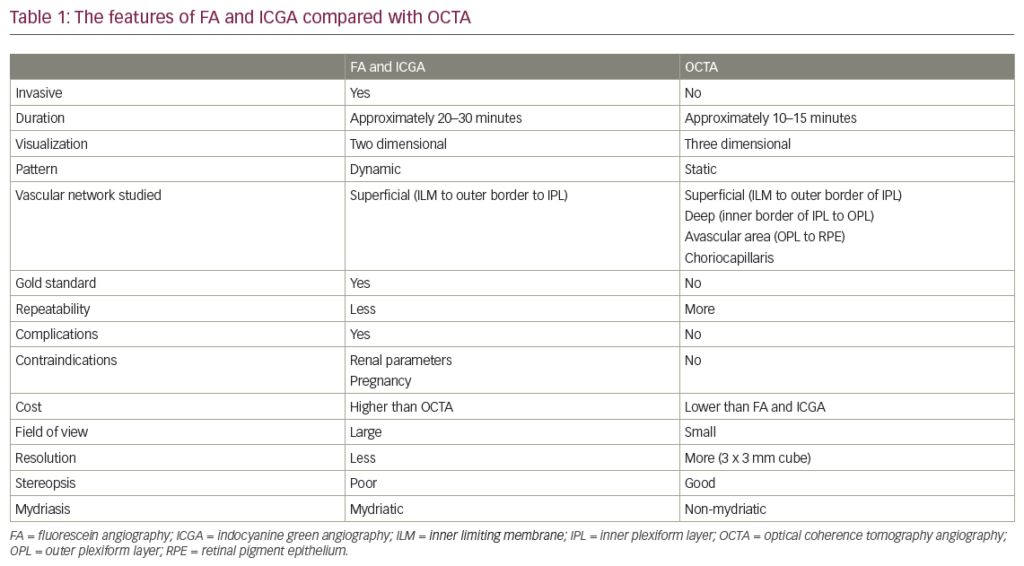This issue of US Ophthalmic Review highlights several important innovations in the treatment of ophthalmic diseases, specifically in the areas of minimally invasive diagnostics, minimally invasive therapeutics (including pathway-based therapy), and outcomes analysis. In addition, the diagnosis and management of important clinical problems, including uveitis and mild traumatic brain injury are reviewed.
This issue of US Ophthalmic Review highlights several important innovations in the treatment of ophthalmic diseases, specifically in the areas of minimally invasive diagnostics, minimally invasive therapeutics (including pathway-based therapy), and outcomes analysis. In addition, the diagnosis and management of important clinical problems, including uveitis and mild traumatic brain injury are reviewed.
Minimally invasive technologies continue to revolutionize ophthalmic care. Regarding minimally invasive diagnostic technology, Dr Mansouri et al. highlight the use of a contact lens biosensor to provide essentially continuous monitoring of changes in intraocular pressure. This device was manufactured with techniques related to those used to produce computer chips. In addition, Drs Sehi and Iverson review advanced ocular imaging technologies (e.g., spectral domain optical coherence tomography and scanning laser polarimetry) used to evaluate not only optic nerve head topography but also the integrity of the ganglion cell-inner nuclear layer complex and the nerve fiber layer. One hopes that these data will provide greater precision in assessing the impact of therapy on glaucoma progression. Drs Calcagni and Gibson review the application of similar technologies for high-resolution imaging of the retina and choroid. These techniques have already refined our understanding of the pathogenesis of conditions such as central serous chorioretinopathy and polypoidal choroidal neovascularization. Improved diagnostic technologies will result in earlier diagnosis, better monitoring of therapeutic response, and, ultimately, better visual outcomes. These tools will be particularly helpful in the management of chronic ocular diseases.
Regarding minimally invasive therapeutics, in separate reports, Drs Blanton, Raoof-Daneshvar and Shtein review the ways in which the femtosecond laser has been deployed in refractive and cataract surgery, with improved predictability and potentially better clinical outcomes than traditional approaches. Dr Parker et al. review Descemet membrane endothelial keratoplasty, the latest advance in the evolution of techniques that will supplant penetrating keratoplasty for many patients. The development of pathway-based therapeutics has permitted minimally invasive treatment (i.e., intravitreal drug injection) of choroidal new vessels with visual outcomes that are far better than those we could achieve a decade ago with destructive laser photocoagulation. Aflibercept, reviewed by Dr Stewart, is the latest modality that blocks the action of vascular endothelial growth factor (as well as other growth factors) to receive US Food and Drug Administration approval for the treatment of choroidal new vessels in patients with age-related macular degeneration.
As economic pressures increasingly constrain the delivery of healthcare throughout the world, outcomes analysis assumes a correspondingly more important role in aiding policy makers to allocate health care resources rationally. Thus, quality of life assessment, reviewed in glaucoma patients by Dr Skalicky and Goldberg, is a critical metric by which the value of therapeutic interventions must be assessed.
In summary, the articles in the current issue of US Ophthalmic Review cover a variety of timely topics that should be of great interest to practicing clinicians as well as to individuals who require a thorough review of specific topics in ophthalmic clinical science and technology. US Ophthalmology would like to take this opportunity to thank all participants on this edition, from organizations to individuals. A special thanks goes to our Editorial Board for their continuing support and invaluable guidance and the biggest thanks is reserved for the expert authors, who spared precious time and effort to produce a perceptive selection of articles. This expert discussion and the wide variety of topics covered ensure there is much of interest for every reader, and we hope you find this edition as useful and insightful as those before it.












